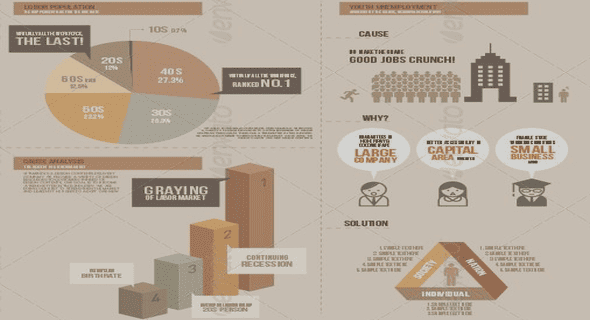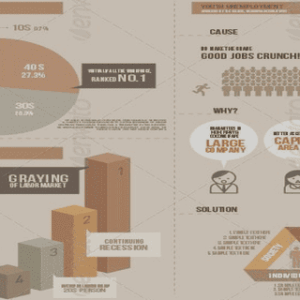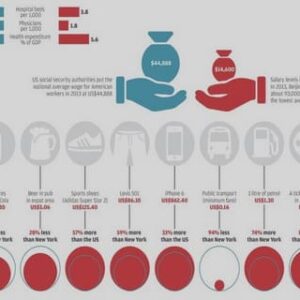(Downloads - 0)
For more info about our services contact : help@bestpfe.com
Table of contents
1 Introduction
1.1 Background
1.2 Problem Discussion
1.3 Purpose
1.4 Aim and Contribution
1.5 Chapter Layout
2 The Business Model – Theoretical Evolution
2.1 Evolution of the Business Model Concept
2.2 Business Model: Towards a Unified Perspective
2.3 Latest Thinking on Business Model
2.4 Definition and Representation of a Business Model
2.5 Johnson’s Business Model Framework
3 Theoretical framework
3.1 Business Model Innovation
3.2 First Step: Business Model Innovation Map
3.2.1 Business Model Extension, Business Model Revision and Business Model Transformation
3.3 Second Step: the Challenges
3.3.1 Process Challenges
3.3.2 People Challenges
3.3.3 Strategic Challenges
4 Research Methodology
4.1 Research Approach
4.2 Research Strategy
4.3 Data Collection
4.4 Literature Review: Method
4.5 Sample Selection
4.6 Evaluation of Research Methods
4.7 Final Remark
5 Empirical Data
5.1 Bit4id
5.2 Tylö
5.3 Höganäs
5.4 Beople
5.5 The Boston Consulting Group
6 Findings and Discussion
6.1 Findings
6.1.1 Analysis of the Challenges: Tylö, Bit4id and Höganäs
6.1.2 Analysis of the Challenges: The Two Advisory Firms BCG and Beople
6.1.3 The Most Salient Findings from the Five Case Studies
6.2 Reflection on the Theoretical Literature
6.2.1 Consideration on the Challenges’ Framework: Does Strategy, Process and People Represent a Good Categorization?
6.2.2 Business Model Innovation: An Industrial Perspective
6.3 Six-Steps model
6.4 The Business Model Innovation Map
7 Conclusions
7.1 Managerial Implications
7.2 Theoretical Implications and Further Research
7.3 Limitations
8 Bibliography


